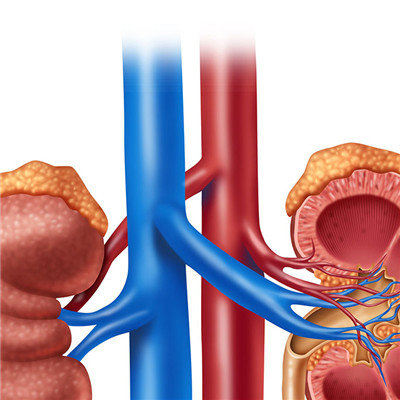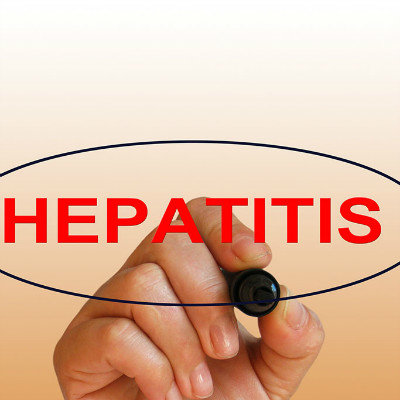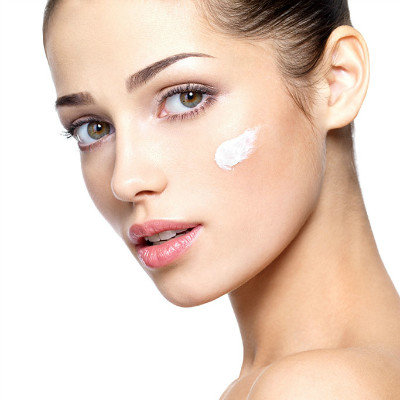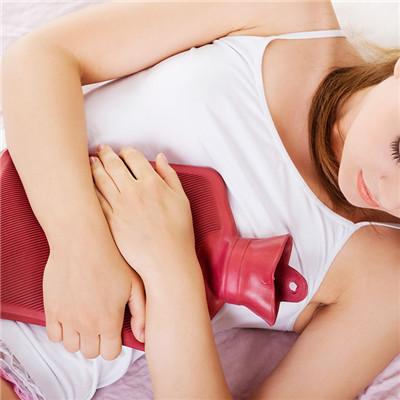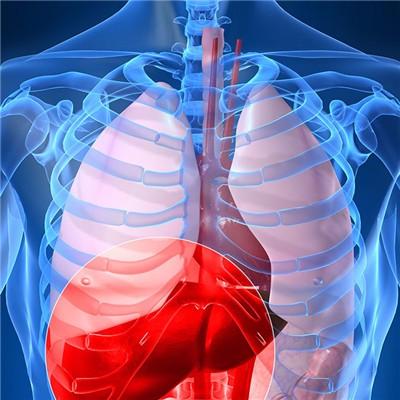Symptoms of acute herpes zoster?
summary
Herpes zoster is an acute infectious disease of skin and mucosa caused by varicella zoster virus (VZV). Clinically, it is characterized by sudden, along the nerve band distribution, unilateral distribution and dense groups of herpes, with obvious pain and few recurrence.
Symptoms of acute herpes zoster?
The incidence rate of this disease is high in summer and autumn. Before the onset stage, often low fever, fatigue symptoms, will rash site pain, burning, trigeminal herpes zoster can appear toothache. The most common type of this disease is herpes zoster in thorax, abdomen or waist, accounting for about 70% of the total lesions, followed by herpes zoster of trigeminal nerve, accounting for about 20%. However, the trigeminal nerve is more vulnerable than the spinal nerve in the elderly over 60 years old.
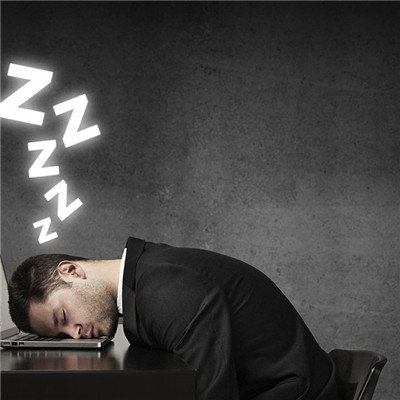
At the beginning of herpes, the facial skin is irregular or oval erythema. After a few hours, blisters appear on the erythema, which gradually increase and can be combined into bullae. In severe cases, it can be blood blisters. In case of secondary infection, it can be pustules. After a few days, the blister plasma was turbid and absorbed, and finally formed a crust. After 1-2 weeks, the scab was removed, and the remaining pigment gradually disappeared. Generally, no scar was left, and the damage did not exceed the midline. The course of disease in the elderly is usually 4-6 weeks, and more than 8 weeks.

The lesions of oral mucosa are mainly concentrated herpes, large ulcerative surface, and unilateral lesions of lip, cheek, tongue and palate. In addition, the first one may involve the cornea mucosa, even blindness; The second branch involved the lip, palate, infratemporal, zygomatic and infraorbital skin; The third branch involved the skin of tongue, lower lip, cheek and chin.
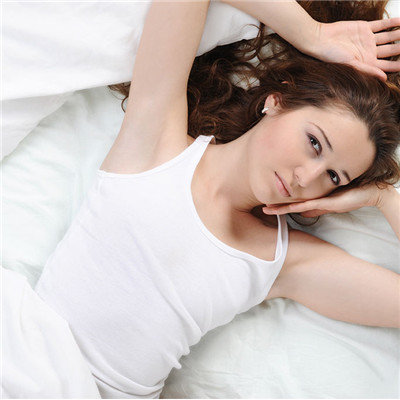
matters needing attention
Prevent infection. Infection is one of the causes of the disease. Elderly patients should prevent infection of various diseases, especially in autumn, cold and warm alternate, to timely increase or decrease clothing, to avoid cold caused by upper respiratory eyebrow infection. In addition, the inflammation of oral cavity and nasal cavity should be treated actively.
